Addressing The Pitfalls of the traditional Physical Therapy model: Our Alternative Solution6/30/2024 In an era where health and wellness are at the forefront of public consciousness, physical therapy plays a crucial role in helping individuals recover from injuries, manage chronic conditions, and improve their overall quality of life. However, despite its benefits, there are significant pitfalls within the traditional physical therapy model that can leave some patients feeling underserved. Continue reading as we outline these pitfalls and highlight our unique and alternative approach to solving pain problems at Milestones Movement Therapy. **Disclaimer: the pitfalls below to do not reflect every Physical Therapy practice. However, in our years of working with people in pain in addition to our own experiences, these are the patterns we have seen reported. Understanding the Challenges in Traditional Physical Therapy 1. Compartmentalized Treatment Traditional physical therapy often treats the body in isolated segments, focusing on specific areas of pain without considering the interconnectedness of the entire system. This can result in temporary relief but may not address the root causes of discomfort, leading to recurring issues. 2. Limited Time with Therapists In many clinics, physical therapists are tasked with managing multiple patients simultaneously, leading to brief and sometimes impersonal sessions. This lack of dedicated one-on-one time can hinder the development of a personalized treatment plan and slow the healing process. 3. Generic Protocols While standard protocols can be beneficial for certain conditions, they often fail to consider or have enough time to experiment with individual differences and unique needs. This cookie-cutter approach can limit the effectiveness of treatment, particularly for those with complex or atypical issues. 4. Patient Empowerment (or Lack Thereof) Traditional physical therapy may not always prioritize patient education and self-management, leaving individuals feeling passive in their recovery. Without the tools and knowledge to maintain their progress, patients may struggle once therapy ends. 5. Insurance Challenges Navigating insurance coverage for physical therapy can be frustrating and confusing. Many insurance plans limit the number of covered sessions, impose high co-pays, or require extensive documentation for approval. These barriers can make it difficult for patients to receive the consistent care they need, leading to interrupted or incomplete treatment.
1. Holistic View of the Body We believe in treating the body as an interconnected system. Our holistic approach considers how various parts of the body influence each other, allowing us to identify and address the underlying causes of pain and dysfunction. 2. One-on-One Coaching At Milestones, every client receives a full hour of dedicated one-on-one coaching with a skilled movement therapist. This personalized attention ensures that we can spend the time with each individual to achieve success. 3. Emphasis on Client Education and Empowerment We are committed to empowering our clients through education. Our movement therapists take the time to explain the mechanics of pain and injury, teaching clients how to manage their conditions and prevent future issues. This emphasis on self-management fosters independence and confidence, enabling clients to take an active role in their health.
4. Critical Thinking and Customization Rather than relying on generic protocols, we think critically about optimal joint function and overall movement patterns. Our therapists use their expertise to develop customized plans that address each client's unique biomechanics, leading to more targeted and effective treatments. 5. Flexibility and Accessibility By providing services outside the constraints of traditional insurance models, we offer greater flexibility and accessibility for our clients. This allows us to focus on delivering the care that each individual truly needs without the limitations often imposed by insurance companies. 6. Manual Therapy: Manual therapy seems to be trending out of traditional care. We view manual therapy as a great way to open therapeutic windows to allow for pain free movement. We find that working hands on with the tissue can lead to profound changes both physiologically and psychologically for our clients. A Complementary Approach to Traditional Care Milestones Movement Therapy is dedicated to providing a complementary solution for those who have felt let down by the traditional medical system. Our holistic, individualized approach offers an alternative path to recovery, focusing on long-term health and wellness. If you are in the Davis California area and wonder if we can help your pain issue, click the link below to sign up for a COMPLETELY FREE 15 MINUTE PHONE CALL with one of our movement therapists to see if working with us may be a good fit
0 Comments
Proprioceptive Neuromuscular Facilitation (PNF) is an advanced manual therapy technique, which combines passive stretching and isometric contraction (gentle resistance) to break neuromuscular holding patterns and help reset muscle holding patters and overall length.
Every individual’s body is accustomed to some type of repetitive motion whether it be sitting long at a desk, favoring one side to hold a child or swinging a racket or club on a dominant side. These repetitive motions cause muscle imbalances that effect both sides of the body. For example, when sitting at a computer reaching forward to type, your chest muscles contract (tighten) while your back muscles stretch, creating an imbalance that is imprinted in your muscle memory that can restrict your range of motion. When natural range of motion is limited, other muscles tend to pick up the slack and we start to see painful conditions due to over compensation. PNF for the Athlete PNF is used to make quick gains in range of motion to help athletes and “tight” individuals relax muscles to improve performance. With proper muscle resting length and greater joint range of motion, biomechanics greatly improve and there is less muscle fatigue. This is where we see a tremendous decrease of injuries. At Milestones, each client’s needs are assessed and PNF techniques can be integrated into any of the treatments or sessions offered. PNF is particularly helpful for rotational sports such as golf or tennis as the player’s performance relies on the rotational range of motion in the trunk and limbs in order to drive power and precision into the swing. PNF is also often administered during a pre-race and post-race sports massage or during a rehabilitation session. 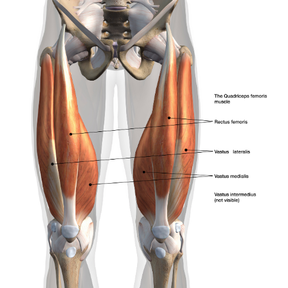 Let’s talk foam rolling! Yes, you hate it. Yes, it makes you grimace in pain. And yes, you probably need to foam roll if you use your legs for anything; especially if you use your legs a lot! Whether you’re a runner, cyclist, squat loving gym goer, kid-chasing grandparent, or a committed daily walker, chances are you’ve noticed your quadricep muscles are consistently tight. Any activity where your legs are being used in a repetitive or loaded motion causes your muscles lengthen and strain, leading to micro-tears in the tissue. Don’t worry, this is natural and can be a good thing because the body responds by repairing these micro tears with stronger tissue for future use. This process of breakdown in our muscle tissue is normally followed by a period of soreness called delayed onset muscle soreness (DOMS) typically lasting between 2-5 days. During this time it is common to encounter sensations of pain (to touch or movement), tightness, or discomfort as our tissue works through a natural inflammatory response. When we start to see this normal discomfort go awry is when our muscles are not repairing fast enough to keep up with the demand of use and without counter acting it with some mobility or flexibility work, we leave ourselves open to injury. So what exactly are our Quadriceps? Can we talk a little anatomy? There are four muscles in the quadriceps group in the front section of your thigh. This is why they are called your quadriceps. The large muscle you feel closest to the surface in the front of your thigh is the Rectus Femoris, the Vastus Medialis and the Vastus Lateralis lay on the inside and outside (respectively) of the Rectus Femoris, and the Vastus Intermedius lays deep underneath along the femur bone. What causes tightness in the quadriceps? As an athlete, you are contracting your quadriceps with almost everything you do. As a runner you are contracting your quad muscles with each and every one of your hundreds and thousands of steps. As a volleyball player, you are using them to help propel you airborne for a spike. As a football player you are using them to help accelerate and decelerate your body into and out of quick cuts. As you can imagine, a constant state of use requires a constant state of repair. Athletes continuously undergo a breakdown and repair cycle that when not properly cared for can lead to increased tone (neural tension) and fascial densification, or simply put, you feel TIGHT! Without addressing this, your muscles may shorten and hold in a chronically tightened state over time and because you are an athlete, you’re constantly using your legs and they are tight. I can’t say it enough… your legs are tight because you my friend, are using your legs a lot! What does foam rolling actually do and why does it “Hurt so Good”? Foam rolling may increase blood flow and circulation to targeted areas while also helping to increase range of motion and decrease tissue tone. In short, it is a form of self-applied massage due to the pressure of the roller loosely mimicking the pressure of manual manipulation by a massage therapist. I don’t know about you but when I see a sports massage therapist for a deep tissue massage, I’m deep breathing my way through the “pain” caused by the deep pressure and trigger point contact. Just as massage can correct muscle imbalance, alleviate muscle soreness, relieve joint stress and improve neuromuscular efficiency, it is thought to be that foam rolling can assist in the same way on a smaller and more personally manageable scale. Most athletes do not have the ability to get a daily sports massage (though such a thing would be AMAZING) but they sure can take a few moments before and after to a workout to roll out. Foam rolling for knee pain. Two conditions that can cause knee pain are Patellar Tendonitis and Patellar Tendinopathy which is pain in your patellar tendons that connect to your quad muscles and tibia. There are strengthening techniques that will address the resiliency of the tendon itself, however, addressing the surrounding tissue with neuromuscular stimulation with foam rolling can be extremely helpful in relaxing the tight quad muscles that are pulling and tugging on the sensitive tendon. Already love foam rolling but want to add more to your routine? At Milestones, we’ll take you through a screening process that will identify tight quads and their range of motion limitations. We’ll work with you to customize a program tailored to your rehabilitation or training needs, often utilizing a combination of therapies including massage, training and movement rehabilitation. We will also help guide you through the daily do’s and don’ts for you to continue to self-rehab between visits. Give us a call, we’d love to help you! We've all seen the cupping marks on our favorite athletes. Giant circular bruises that draw the question, what is cupping therapy and why are so many people using it? Follow along as we tell you exactly what cupping is, how it works, and why you should consider trying it at your next massage! What is Cupping Therapy?Cupping Therapy is an ancient therapeutic technique in which suction cups are used to decompress the skin and underlying tissue in order to reduce musculoskeletal pain and tension while increasing circulation. Cupping has it's roots in ancient Egyptian, Chinese, and Middle Eastern medicine but has more recently seen a resurgence in western cultures. Cupping was brought to attention most notably by Micheal Phelps in the 2016 Rio Olympic Games, where giant circular bruises could be seen on his skin. Cupping is often paired with other modalities such as massage or acupuncture but many times is done on it's own. Suction in the cups can be obtained via vacuum and sometimes even an open flame! how Does CUpping Work?
What are cupping Bruises?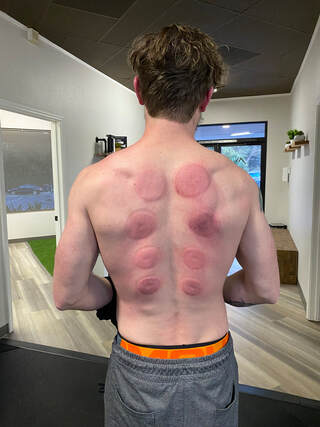 Cupping Therapy often leaves dark circles on the skin. These notable marks have helped bring awareness to the technique of therapeutic cupping but may also play a role in scaring away potential suitors due to concerns of pain or aesthetics. So what exactly are these marks and do they hurt? Although cupping marks look like bruises they are not. Unlike bruises which form due to compressive trauma to underlying tissue, cupping markings are a result of suction pulling blood into the peripheral capillaries sometimes breaking them. Often times cupping marks can be darker and more pronounced in color when there has been more stagnation in the area, sometimes indicating injury. The markings can be accompanied by discomfort that resolves quickly but most people don't feel the markings at all! They can last anywhere from a few hours to a full week depending on the severity of the coloring. Needless to say cupping therapy is something you might want to avoid before a photoshoot or a wedding! Sports massage has become a staple of wellness programs for many Americans today. When we envision sports massage we draw imagery of muscular athletes receiving painful deep tissue massage. However this doesn't fully encompass what sports massage is. So what is sports massage? Traditionally, sports massage is a methodology of massage used to facilitate optimal performance for an athlete through out the training cycle and sporting events. This ranges from fast paced warmup style massage before an event to deep tissue massage to relieve tight and sore muscles post event or during the training cycle. Typically when speaking of sports massage, people are referring to a deep tissue style massage that helps to aid in muscle recovery, mobility, and pain relief. Benefits of Sports MassageAdding sports massage to your wellness routine can have amazing benefits. Ranging from but not limited to:
Sports Massage vs. Deep Tissue MassageSince the terms are often used synonymously, are they the same thing? Not Quite. Deep tissue massage refers to a modality of massage characterized by deeper pressure. Sports massage is often, but not always, deep in nature. Sports massage typically has a goal in mind, sometimes that goal requires deep pressure but other times it requires lighter pressure or something different altogether like stretching, myofascial cupping, myofascial flossing, or muscle scraping. In conclusion, sports massage is a methodology of massage that can include multiple modalities of massage in order to improve an outcome whereas deep tissue massage is simply one modality of massage. Do You have to be an athlete to benefit from sports massage?
Sports Massage and Deep tissue massage in Sacramento area, Davis CAIf you would like to receive sports massage or deep tissue massage in Davis CA, we offer 55 minute ($85) and 85 minute ($115) sessions at Milestones Movement Therapy. At Milestones we classify all massage as sports massage, so whether you are looking for traditional deep tissue massage or a finely tuned sports massage we have what you need!
Milestones Movement Therapy is a private personal training and sports massage therapy studio located in Davis, California (Close to Sacramento). Our goal at Milestones is to help you achieve YOUR goals ranging from rehabilitation to performance. We see a variety of clients from professional athletes to active gym goers to those just getting into exercise and fitness. We help people rehabilitate musculoskeletal injuries, set and crush fitness goals, and optimize performance and body movement to maximize results. We understand that navigating the world of fitness and rehabilitation can be overwhelming. This blog was written to help you understand what we offer and how these offerings can help you get to where you want to be! How are We different?Milestones Movement Therapy was founded by Miles Gorder in Davis California in 2017. Miles is a Personal Trainer and Massage Therapist with over 5 years of experience in the field. Miles specializes in rehabilitating musculoskeletal injuries and building strong bodies via optimizing movement. Movement is a hot topic in today's world of health and wellness. Movement minded professionals are becoming more and more common in the fields of rehabilitation and fitness. But what does it mean to be a movement minded professional? Ultimately, movement minded professionals believe that the way in which we move, not just how often we move, has major implications in our performance and injury outcomes. Milestones Movement Therapy is a team of like minded movement professionals with a mission; move more and move often, but above all move better! What we Offer and How it can Help youIf you are in the Davis or Sacramento area and are looking for help with fitness or rehabilitation, we have a service for you. Below are the services we offer and detail who they benefit most. Personal Training in DAVIS, CALIFORNIA
Who benefits from personal training? The simple answer, anyone! We have clients who are just taking the first step to improving their health and fitness as well as clients who are looking for more sophisticated training programs and coaching. We can even help you optimize your movement patterns to get the most out of your existing training programs. What is the cost?
Massage Therapy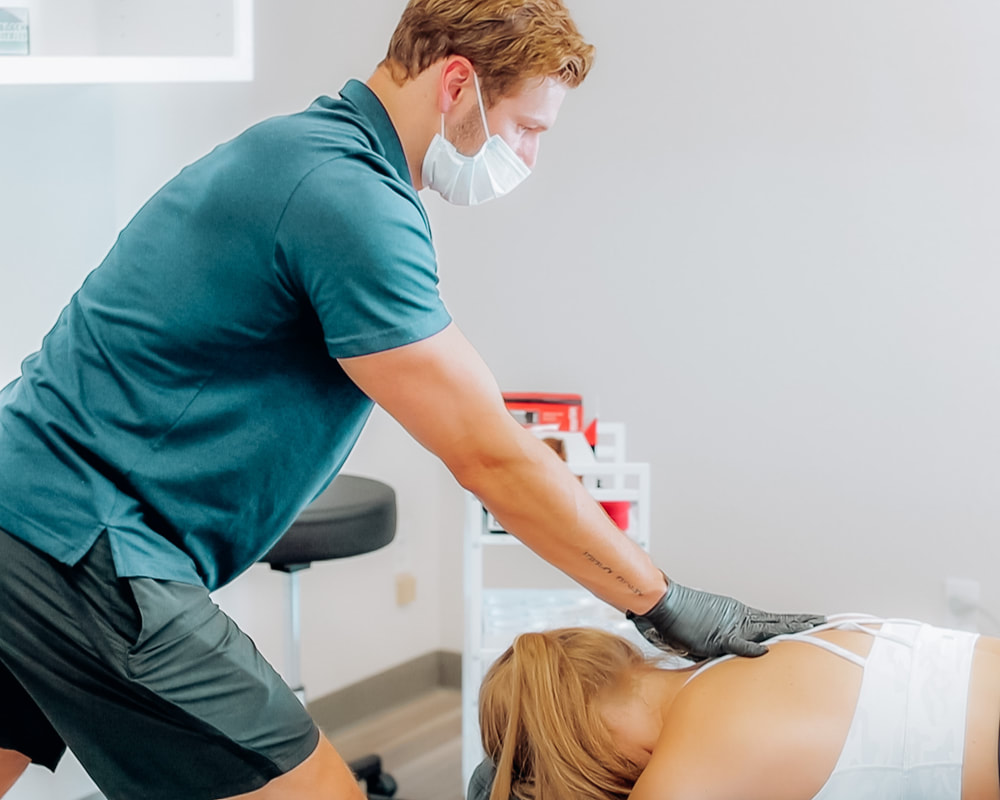 Massage therapy has long since been a staple of the wellness programs of many individuals. Massage may help increase circulation, decrease body pain, improve range of motion, decrease stress, and when done consistently is a nice compliment to an active lifestyle. At Milestones we offer two types of massage, sports massage and medical massage. What is sports massage and who can benefit? Traditionally, sports massage is a methodology of massage therapy used to enhance athletic performance and recovery at different stages of a training cycle. Today, sports massage has developed into a term that typically refers to a full body deep tissue massage thats aimed at helping active individuals manage musculoskeletal pain, increase range of motion, and increase circulation enhancing recovery. At Milestones we use a combination of techniques to provide these benefits including deep tissue swedish massage, trigger point therapy, facilitated stretching, and myofascial cupping. Each massage can be tailored to the needs of the individual. Just tell your therapist what areas you would like to focus on! Sports massage does not require you to be an athlete. Anyone can benefit from sports massage. It can be used to help manage aches and pains for both active individuals and individuals who should be more active! What is Medical Massage? 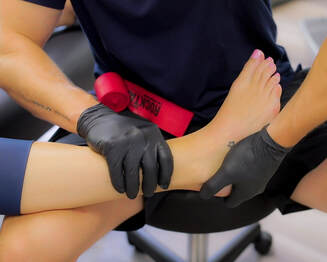 Medical massage is a therapeutic massage designed to facilitate rehabilitation of a variety of conditions and injuries. Medical massages are body part specific, meaning that if you have pain in your shoulder, the entire massage is dedicated to rehabilitating the shoulder instead of the whole body therapy you would receive in a sports massage. Our massage therapists delivering medical massage have a deep understanding of anatomy and manual therapy techniques to help facilitate recovery. We use a combination of deep tissue swedish massage, trigger point therapy, myofascial cupping, muscle scraping, and Rocktape based on how the injury is presenting. Medical massage can be beneficial for a variety of ailments including but not limited to; musculoskeletal pain, arthritis, piriformis syndrome, TMJ, tendinitis, and more! What to wear for your massage? Massage at Milestones is semi clothed. This means that we work with as much skin as possible while keeping you partially clothed. Most women wear athletic shorts (higher up the thigh) and a racerback/tank top/or ideally a sports bra. Most men wear athletic shorts and a tank top or ideally go shirtless. If you are uncomfortable dressing in any of this attire, we offer draping for those that request it. Is massage safe during the Corona Virus Pandemic? During the Corona Virus Pandemic we have increased our safety protocols (to learn more about if massage is safe during The Covid Pandemic, click here). What is the cost?
Movement Rehabilitation TherapyMovement Rehabilitation Therapy (MRT) is a form of musculoskeletal rehabilitation designed as an alternative to Physical Therapy using dysfunctional movement to guide rehabilitation protocols. MRT analyzes your movement patterns, functional strength, mobility and stability to help uncover repetetive strain patterns that may be attributed to your pain. After a movement assessment, typical MRT sessions consist of manual therapy combined with corrective exercises designed specifically for you to re-educate your body into better patterns and habits. Who can benefit from MRT? Typically those with chronic musculoskeletal pain have the most to gain from trying MRT. We see a variety of musculoskeletal issues ranging from, tendinitis, arthritis, bulging discs, SI joint pain, pirifomis syndrome, sciatica, and more! We also can work in conjunction with Physical Therapy and post Physical Therapy to continue your rehabilitation once insurance ends. If you are suffering from an acute injury such as a sprained ankle, torn tendon/ligament, or broken bone you need to seek medical care from your doctor or call 911 immediately. What is the cost? Rates: $120 for 55 min $80 for 40 min Buy 12 (hour long) sessions for $1200 ($100 per session) YOU CAN BOOK AN MRT SESSION HERE We always see our clients for their initial appointment for an hour. Follow up appointments can sometimes be done in 40 min and other times in 55 min depending on the specific issue. The appointment times will be determined by the client and therapist during the initial visit. Clients working through injury with MRT can vary with time of recovery time. We typically see an average recovery time of 3 months but can be as fast as 1 month and as long as 6 months. Every body and every specific case is different. Unlike traditional physical therapy we do not limit your treatment based on insurance claims. Do you take insurance? We do not accept insurance. We do this because insurance can limit treatment durations and pigeon hole treatment modalities. We find that clients seeking MRT need outside the box thinking and insurance restricts this. We DO accept HSA cards.
What is the risk of getting a massage? Covid-19 is a respiratory illness that is spread through respiratory droplets from an infected person when they cough, sneeze or talk. So lets cut to the chase... ANYTIME you are in close proximity to another person during this time there is an inherent risk of contracting the virus. Due to the hands-on nature of massage, this means any massage holds risk. But how much risk? The level of risk may be entirely dependent on the safety precautions taken by both the massage therapist and the client since social distancing can not be applied. We have put together a risk profile for massage therapy practices during this pandemic:
Local authorities have placed guidelines for businesses to conduct services but ultimately it is up to the massage practice to implement their own safety protocols. We recommend contacting your local massage provider and ask about their safety protocols before receiving massage in order to make a conscious analysis of your risk. Are outdoor massages a plausible fix? 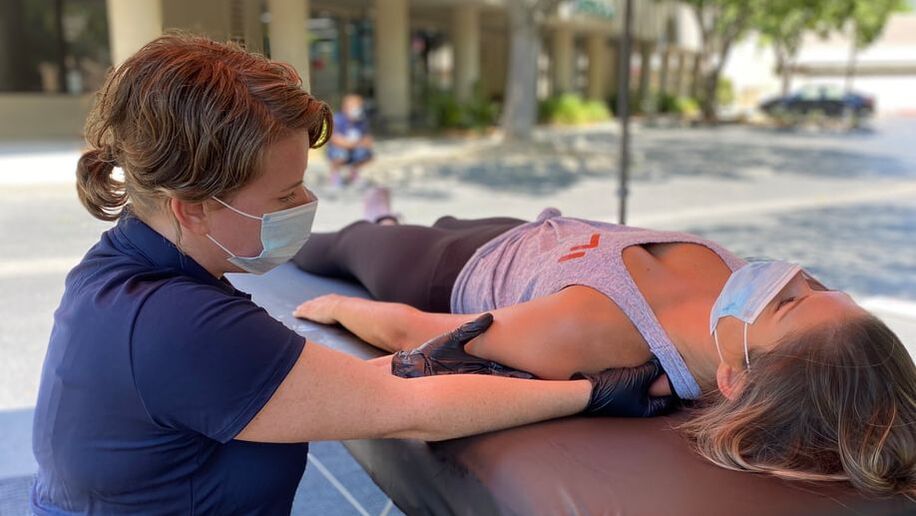 As indoor closures remain imminent for much of the country, many personal service professions, including massage, have made the transition outside. There may be something strange about getting your hair done or receiving a massage outside in public, but safety calls and businesses must do what is required to provide a safe environment for their clients. However, it can be a nice change of pace says one client, "I never thought I would be getting a massage in a parking lot in my lifetime, but with the California weather and relaxing misting fan the experience was quite pleasant. Shades of a beach massage in Mexico." (Hamid Shirazi, client of Milestones Movement Therapy in Davis CA). According to the CDC, transmission of Covid-19 is far reduced in an outdoor setting. Combining this environment with other safety practices as outlined above may substantially reduce the risk of contracting Covid-19 during a massage. The risk-reward cut-off Ultimately, it is up to each individual to make a decision of what level of risk they are willing to take on to experience the reward massage therapy brings them. If massage therapy helps you combat chronic pain, muscle tension, and stress then you may be more willing to assume risk. Conversely, if massage is purely a luxury for you, now may not be the best time to receive a massage. It is also important to consider the risk you give others should you contract the virus. If you live with or are in close proximity with anyone who is elderly or immune compromised, then you may want to consider waiting for your next massage. Getting a massage at Milestones Movement Therapy If you are in the greater Sacramento area, and see massage therapy as a necessity during this time, we would love to provide a safe environment for these services. Milestones is located in Davis California, just outside of the state capitol, Sacramento. We are currently monitoring the local guidelines for offering our services to the public. Whether we are offering outdoor or indoor massage based on the local California guidelines, we always follow the low risk criteria as shown above. When indoors we use Molekule Air Filters that have been proven effective against Covid-19 as an extra safety precaution. We offer full body sports massage or injury specific massage therapy for individuals looking to decrease muscle tension, chronic pain, rehab injury, and reduce stress. Check out our awesome massage therapists on our webpage!
|
�
AuthorMiles G. CMT, CPT, FMS Miles is a Certified Massage Therapist (CMT), Functional Movement Trainer (CPT) and owner of Milestones Movement Therapy in Davis CA. Miles and his team specialize in taking clients from pain to peak performance.
Archives
June 2024
Categories |



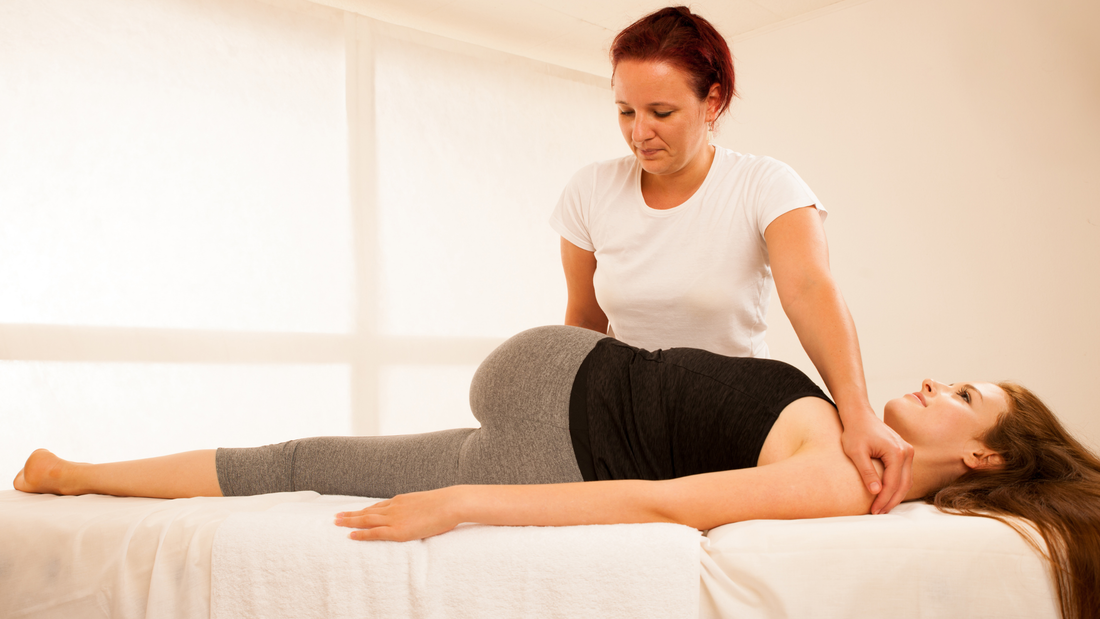
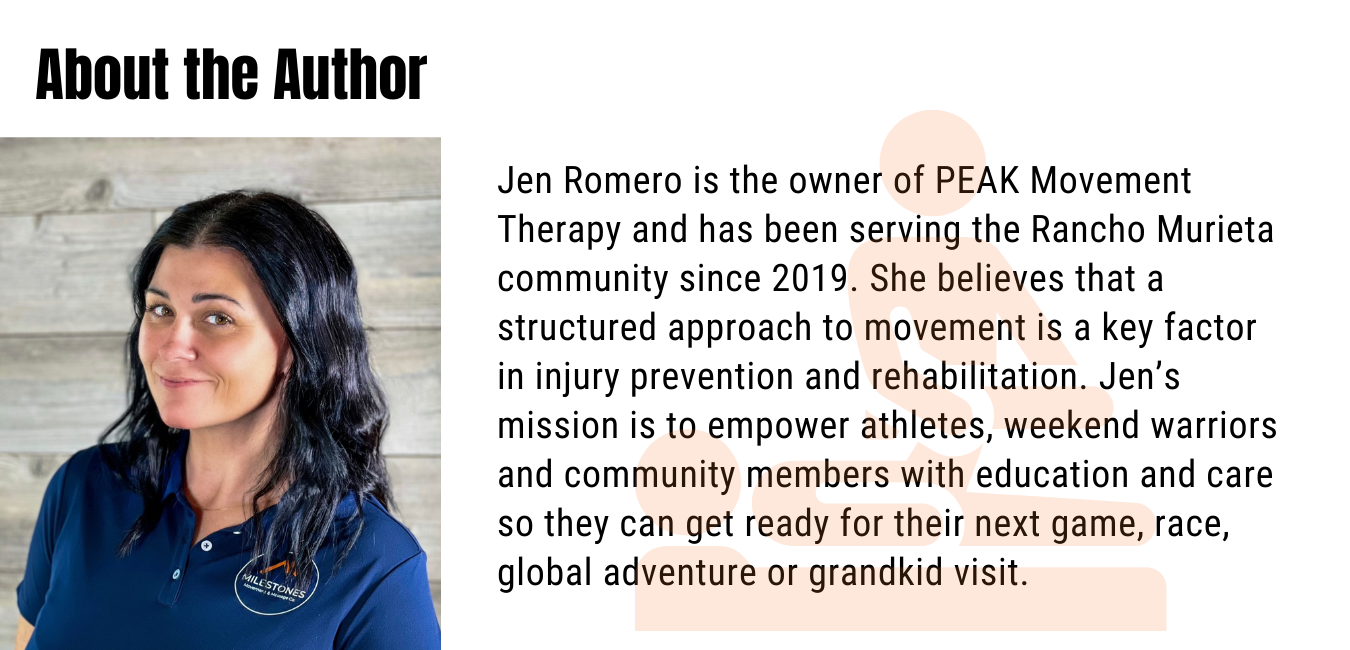
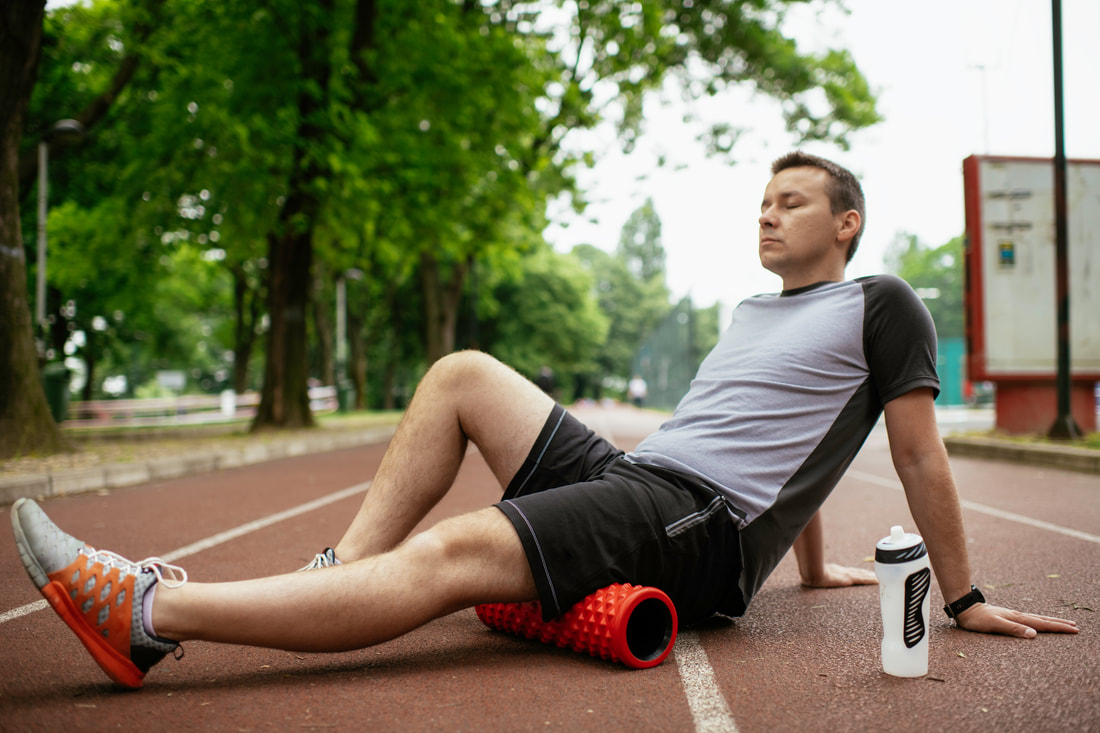
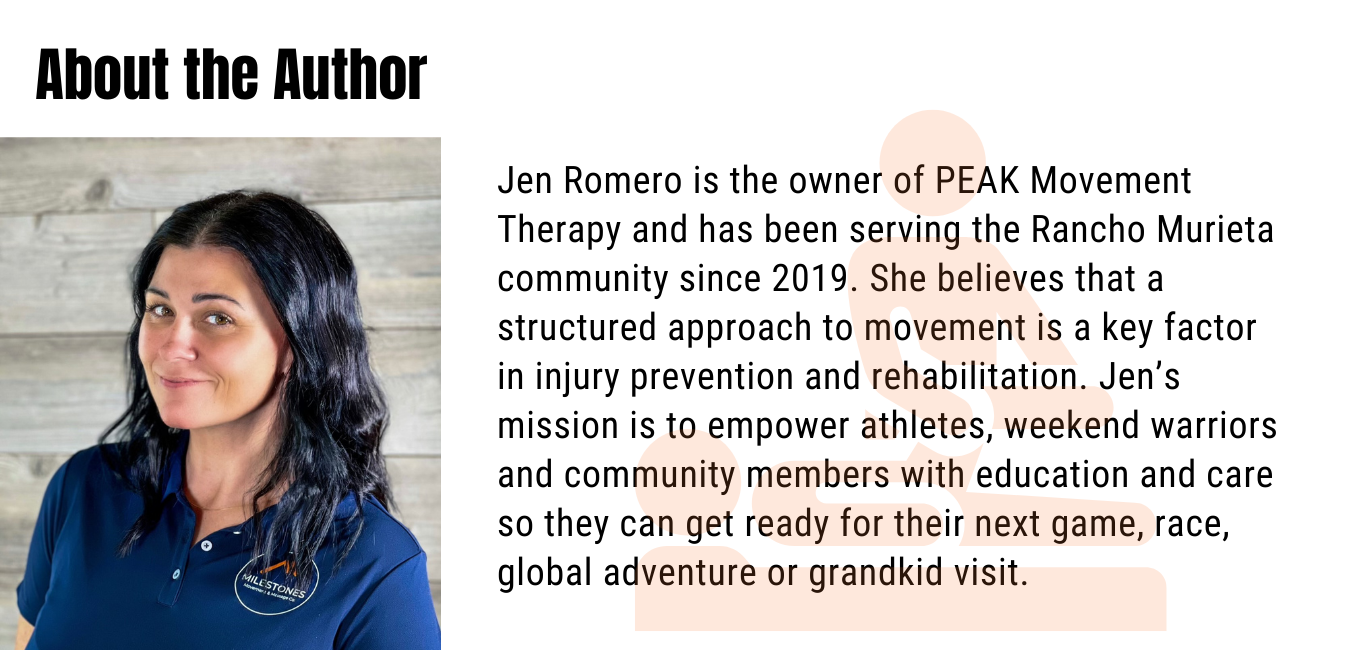
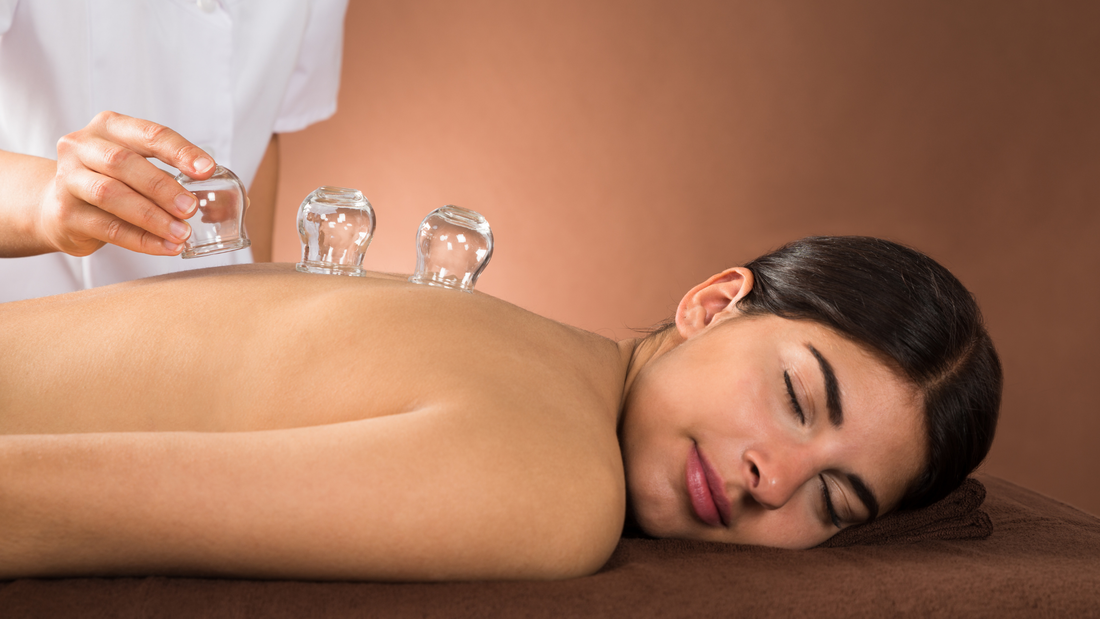
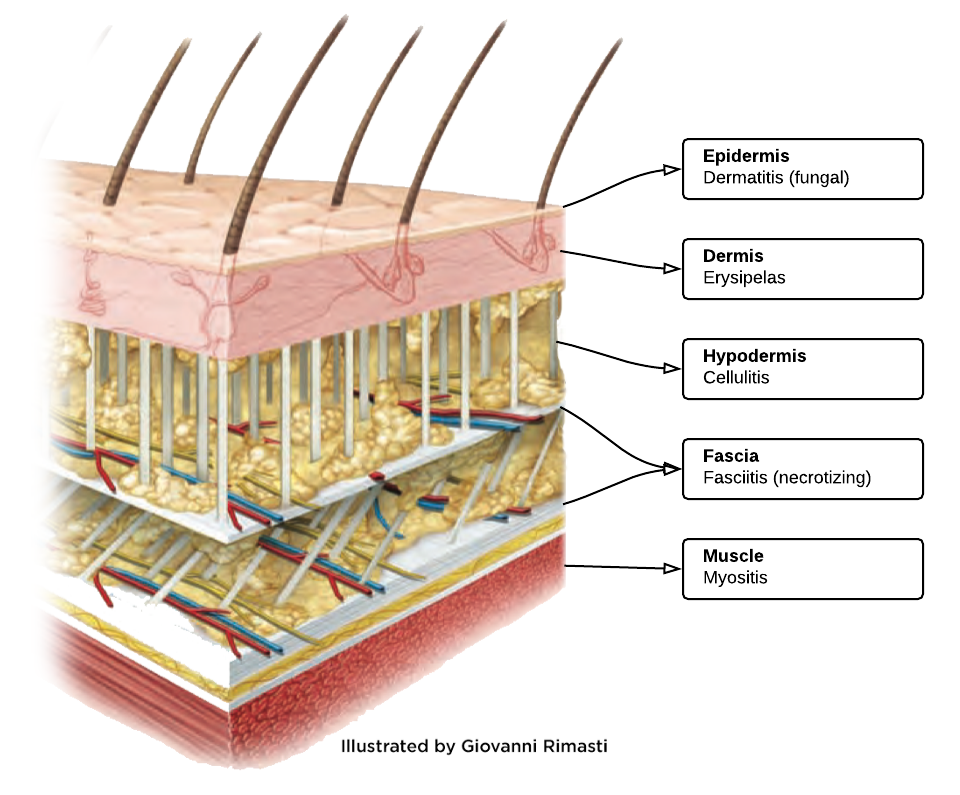
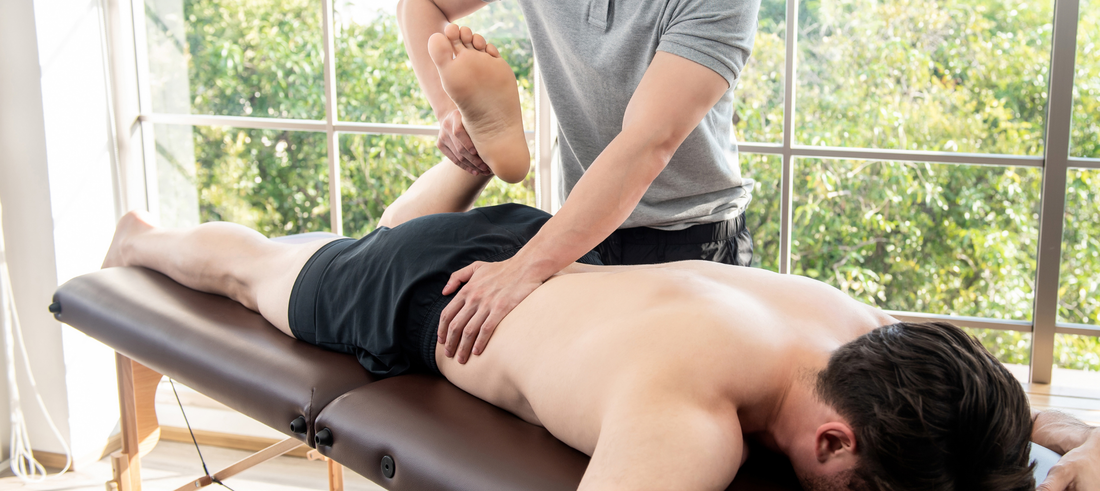
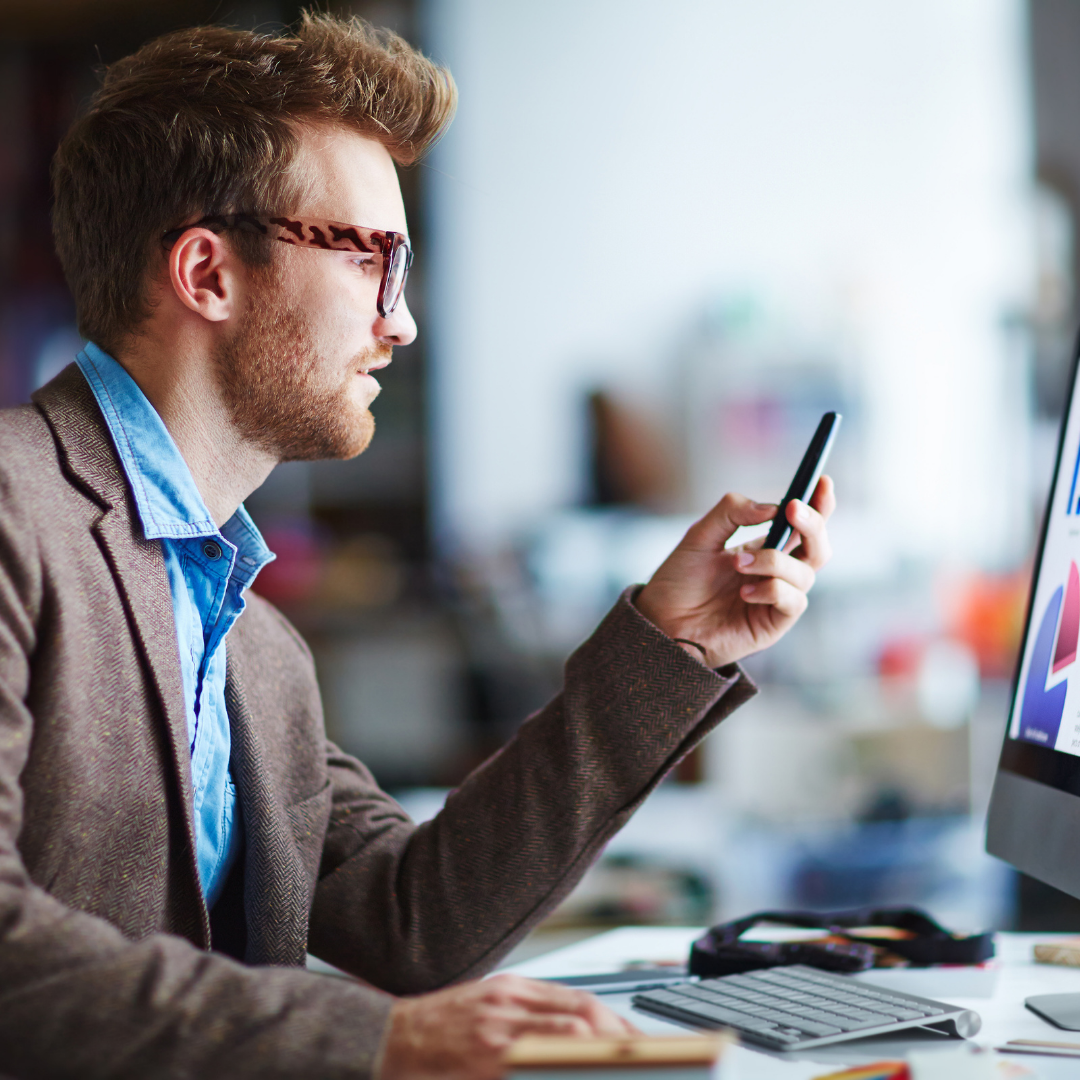
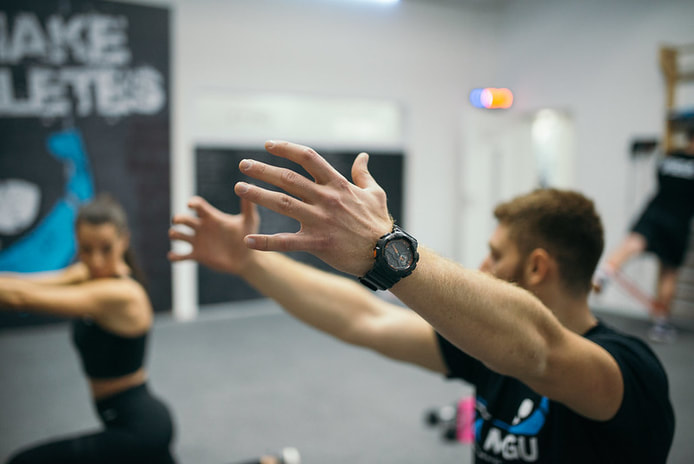
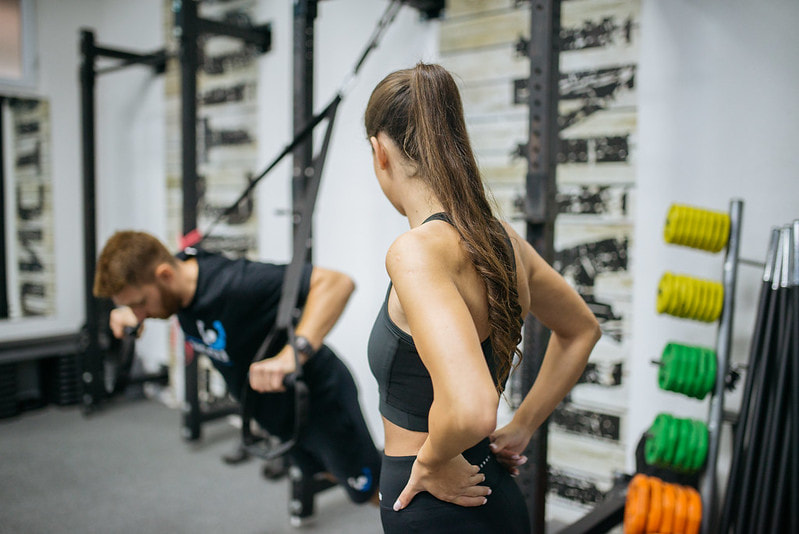
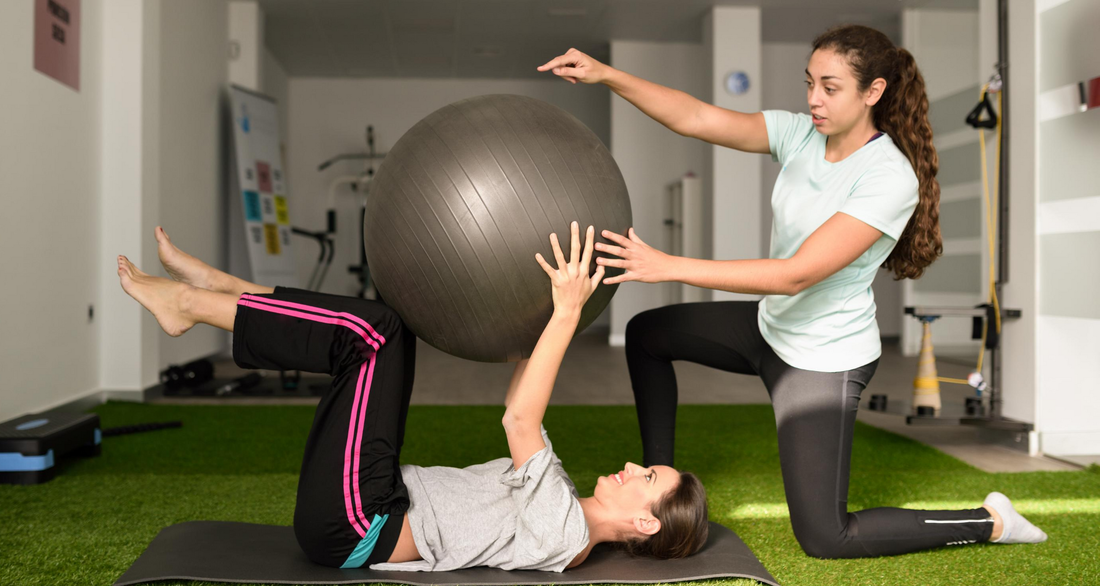


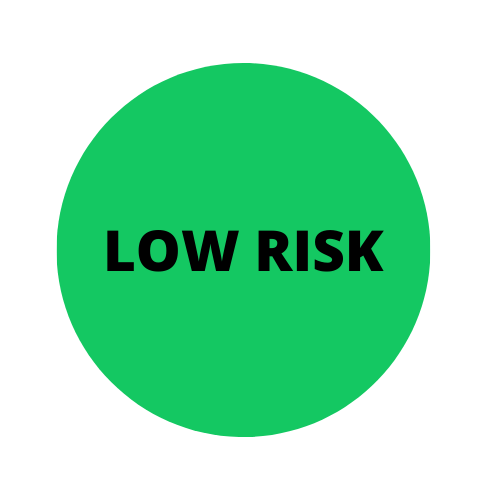
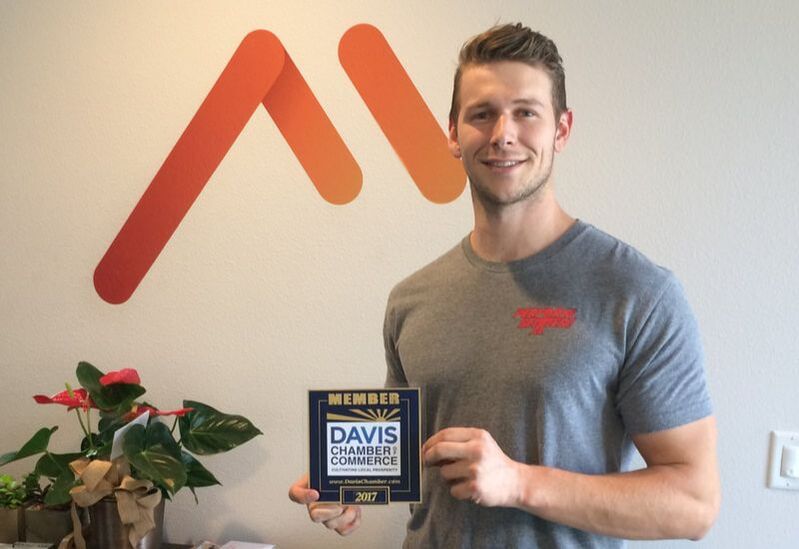
 RSS Feed
RSS Feed



